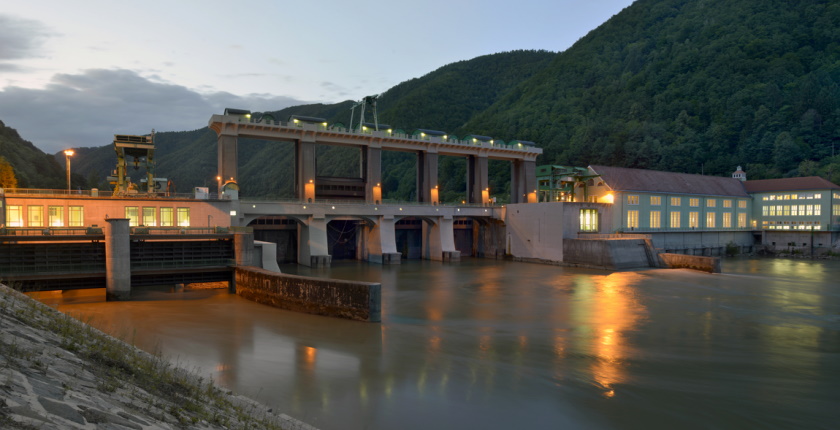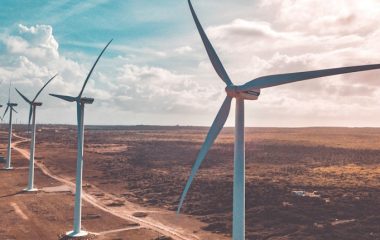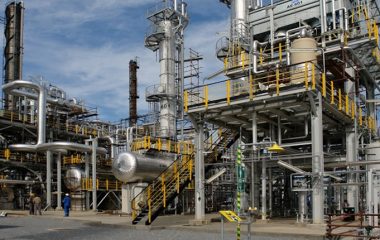
Photo: DEM
The Kozjak pumped hydropower project in Slovenia consists of a 440 MW plant and a 400 kV transmission line, CEO of state-owned utility DEM Damjan Seme said. The company is also working on a project for two battery storage units of 30 MW each, alongside endeavors in the areas of solar and wind power and geothermal energy.
Dravske elektrarne Maribor or DEM, part of Slovenia’s Holding Slovenske elektrarne (HSE), has high ambitions beyond its current core business – hydropower. Chief Executive Officer Damjan Seme, who took over two months ago, highlighted the government-owned utility’s strategic expansion to energy storage technologies.
DEM is determined to complete the Kozjak pumped hydropower plant by the end of the decade, he stressed. The facility is envisaged with 440 MW in capacity, Seme said. The company finished the feasibility study late last year and is working on the environmental impact assessment. The project includes a 400 kV transmission line of 18 kilometers, Seme said.
Slovenia has one pumped storage plant, Avče, with 180 MW in pumping mode and 185 MW for production
Kozjak is significant on a national scale with regard to electricity supply, integrating heat pumps, e-mobility and other new types of power consumption, and storing excess electricity from intermittent renewable sources, the CEO noted.
Slovenia has one pumped storage plant, Avče, with 180 MW in pumping mode and 185 MW in production mode. A study showed there are nine potential locations for pumped storage units on the river Drava with 45 MW to 300 MW in individual capacity, DEM said on its website.
The second area is battery storage. Last year DEM submitted its application for a building permit for two units of 30 MW each at the site of its Mariborski otok hydropower plant. Another segment is longer-term storage, namely hydrogen technologies, Seme pointed out.
Zlatoličje-Formin solar power plant scheduled to be completed by 2026
Last year the utility finished the first part, 2.5 MW, of a solar power plant on the bank of the canal between its hydropower plants Zlatoličje and Formin. Seme said 28 MW more is planned and that the facility is set to be completed by 2026. It is currently the largest photovoltaic project in the country.
DEM intends to build a 10 MW solar power plant on a former landfill in Maribor
Annual output is estimated at 37 GWh. The plant should be connected to the 110 kV transmission network. Seme noted that the investment was valued at EUR 27 million, adding that costs have increased in the meantime.
He also revealed a 10 MW photovoltaic project is under development for the site of the former Pobrežje waste landfill in Maribor, Slovenia’s second-largest city. DEM is considering solutions for solar power plants over canals and degraded land, the CEO asserted.
Čentiba geothermal power unit to start production in summer
The company is preparing to install wind farms Ojstrica (10.4 MW), Paški Kozjak (21.6 MW) and Rogatec (14.4 MW) with 13 turbines in total. A few smaller wind power projects are being planned as well, according to Seme.
In December, DEM and its partners started the construction of the country’s first pilot geothermal power plant. The Čentiba facility will use the abandoned Pg-8 hydrocarbon well in the municipality of Lendava. The 50 kW plant should produce 400 MWh per year, Seme said and estimated that production should be launched in the summer.
The company is conducting reconstruction works on its hydropower plants Dravograd, Vuzenica and Mariborski otok and preparing for the reconstruction of Formin, he asserted. DEM has eight large hydroelectric plants on the Drava river, five small hydropower units and five solar plants, with a combined 600 MW.









Be the first one to comment on this article.